Aortic Valve Regurgitation
Diagnosis
Diagnosis generally begins with a routine physical exam by your doctor. Your doctor may notice an abnormal sound while listening to your heart with a stethoscope. You may then be referred to a cardiologist. The cardiologist will review your family and medical history and conduct a physical exam. Then, your cardiologist may order certain tests to confirm a diagnosis and evaluate your condition's severity.
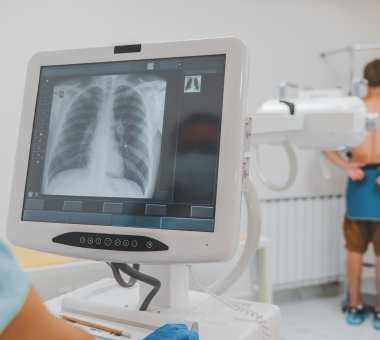
A chest X-ray may reveal an enlargement of the heart or your aorta that leads your doctor to order additional tests.
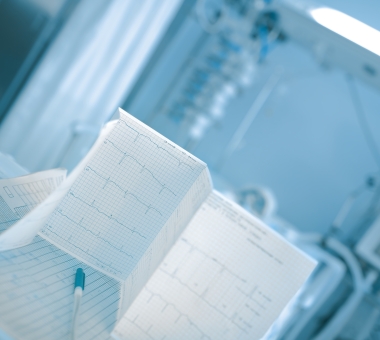
This test uses special adhesive pads placed on your skin. These pads are attached to wires that measure the electrical activity of your heart to check for any abnormalities.
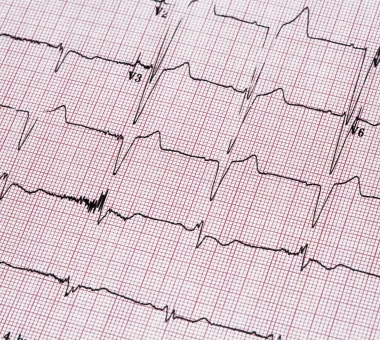
This test uses sound waves to create a video of your heart. Your doctor or a specially trained technician will move a wand-shaped device (transducer) on the outside of your chest, which creates images of the chambers of your heart and the function of your valves. Another form of echocardiogram, called a transesophageal echocardiogram (TEE), inserts the transducer into your esophagus to get a closer look at the aortic valve from inside your chest.
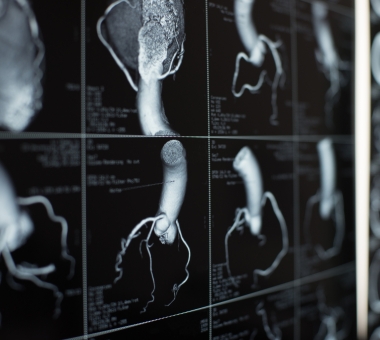
A CT scan produces a series of X-rays that offer a detailed look at the structures of your heart and heart valves. It may reveal signs of heart enlargement or abnormalities in the valves.
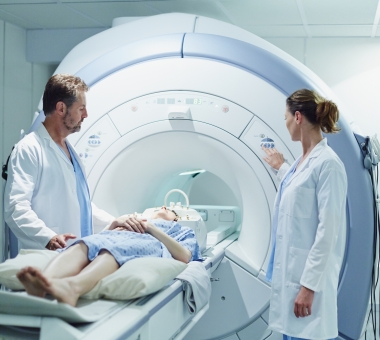
An MRI uses magnetic fields to create images of your heart. MRIs are particularly effective in revealing changes in soft tissues such as your aorta or valves.

These tests may identify undiagnosed symptoms such as abnormalities with your heart rate or rhythm. They also may measure the severity of your condition.
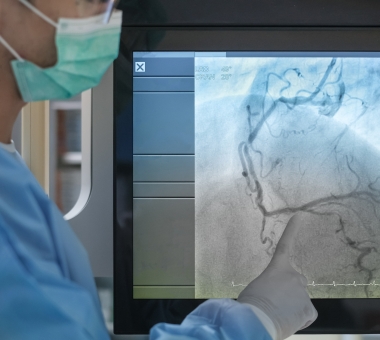
During this procedure, your heart specialist threads a very thin tube called a catheter into a blood vessel near your wrist or groin to reach a blood vessel near your heart. Your doctor may introduce a dye through the catheter to illuminate structures, evaluate heart function, and measure the pressure inside the chambers of your heart.
Progression and possible complications
Aortic valve regurgitation may result in certain complications like bleeding, blood clots, stroke, and increased susceptibility to infections in the heart as well as heart failure. It’s also often associated with an increase in clinical depression, as people cope with the condition and periods of recovery after treatment. However, these conditions can be effectively treated with proper diagnosis and intervention.